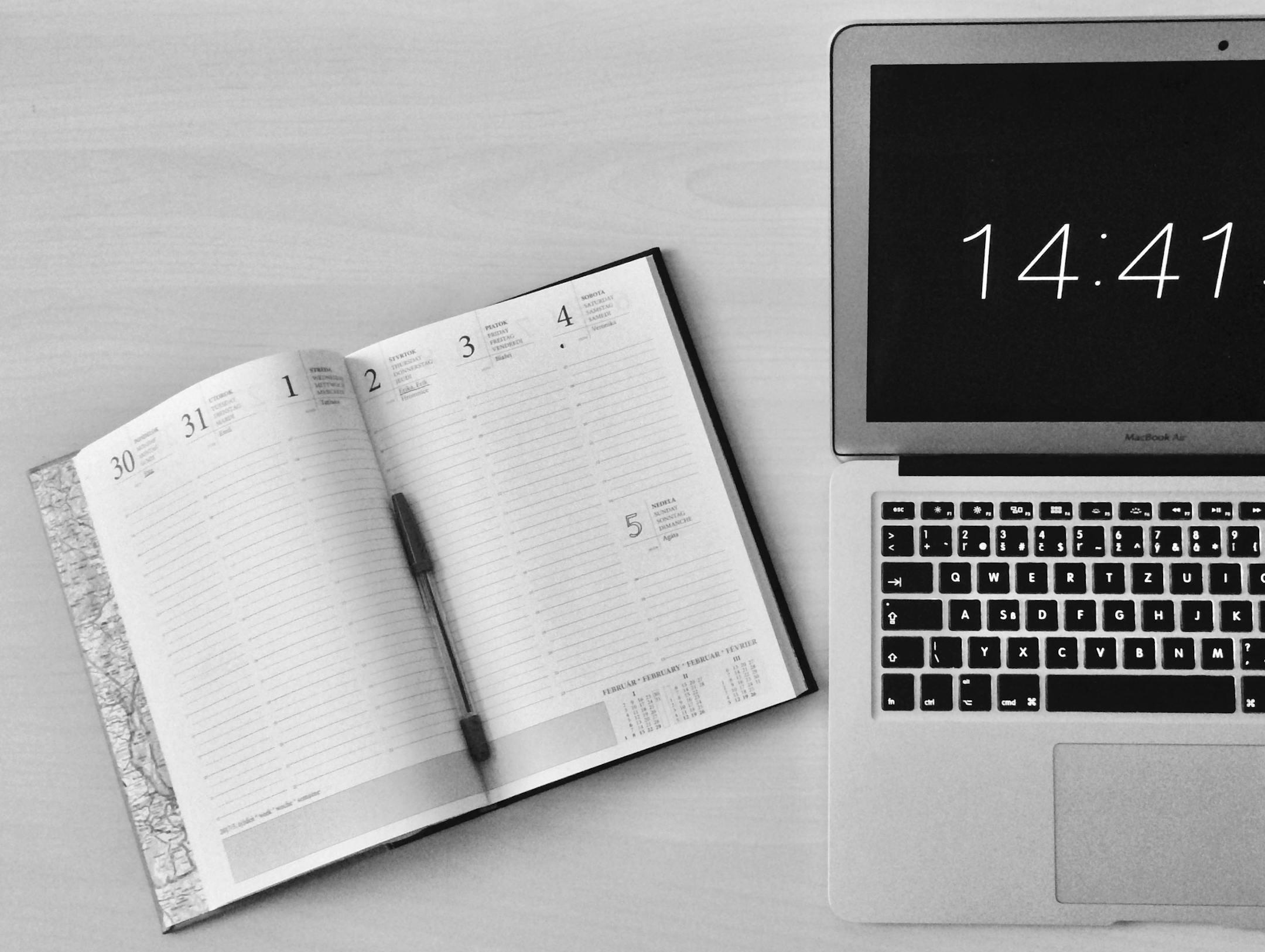The beginning of a school year often brings excitement—and stress. New schedules, shifting routines, and endless to-do lists can leave both kids and adults feeling scattered. One evidence-based strategy that can bring calm and focus to the chaos is time-blocking.
Time-blocking isn’t just for productivity gurus or CEOs—it’s a planning tool that works for students, parents, and professionals alike. By breaking your day into “blocks” of time with clear intentions, you create a rhythm that reduces overwhelm, supports mental health, and keeps you moving forward.
Why Time-Blocking Works
Our brains handle structure better than uncertainty. When we don’t know when we’ll get to something, it lingers in the background, adding to stress and decision fatigue. Decision fatigue—the mental exhaustion that comes from making too many choices—has been shown to reduce self-control and productivity throughout the day (Baumeister et al., 1998). Time-blocking reduces this by pre-deciding how time will be used.
For individuals with ADHD or executive functioning challenges, external structure is especially helpful. Research has shown that organizational tools like planners, reminders, and structured scheduling improve academic and daily functioning for children and adults with ADHD (Langberg et al., 2008; Evans et al., 2014).
Instead of staring at a long list of tasks, time-blocking gives your brain clarity: This belongs here. That belongs later.
Mental Health Benefits
- Reduces anxiety: Planning ahead decreases the brain’s tendency to ruminate and worry (Borkovec et al., 1998).
- Improves focus: Studies show that monotasking (focusing on one block at a time) improves accuracy and efficiency compared to multitasking (Rogers & Monsell, 1995).
- Supports balance: Blocking rest, play, and social time protects against burnout and improves overall well-being (Kabat-Zinn, 2003).
- Builds momentum: Behavioral psychology research shows that small, consistent achievements increase motivation and self-efficacy (Bandura, 1997).
How to Time-Block at Any Age
- Elementary Students: Parents can create visual blocks (with colors or icons) for homework, outdoor play, dinner, and bedtime. Kids thrive when they know what to expect, and consistent routines are linked to lower stress and better sleep (Mindell et al., 2015).
- Middle & High School Students: Using planners or apps to block time for homework, sports, and downtime increases self-regulation and academic performance (Zimmerman, 2002).
- College Students & Young Adults: Research shows that structured time management improves grades, reduces procrastination, and lowers stress (Britton & Tesser, 1991).
- Adults & Parents: Beyond work hours, blocking time for exercise, family connection, and self-care reduces burnout. Studies link intentional recovery periods to greater long-term productivity and health (Sonnentag & Fritz, 2007).
Practical Steps to Get Started
- Start with non-negotiables (class times, work hours, meals, bedtime).
- Add task-specific blocks (study sessions, meetings, errands). Keep them realistic—30–90 minutes is best.
- Include transition time between blocks to prevent rushing and frustration.
- Don’t forget rest and fun. Breaks aren’t wasted time—they’re fuel for focus.
- Use tools that fit you. Try a paper planner, Google Calendar, Notion, or even a whiteboard for the family.
A Gentle Reminder
Time-blocking isn’t about perfection—it’s about creating a rhythm that supports focus, mental health, and balance. Some days will go exactly as planned, and others will need flexibility. The goal isn’t rigidity, but intention: knowing that your time matters, and you’re choosing how to use it.
When students, parents, and professionals alike build structure into their days, they not only get more done—they feel calmer, clearer, and more in control.
_____
References
- Bandura, A. (1997). Self-efficacy: The exercise of control. Freeman.
- Baumeister, R. F., Bratslavsky, E., Muraven, M., & Tice, D. M. (1998). Ego depletion: Is the active self a limited resource? Journal of Personality and Social Psychology, 74(5), 1252–1265.
- Borkovec, T. D., Ray, W. J., & Stöber, J. (1998). Worry: A cognitive phenomenon intimately linked to affective, physiological, and interpersonal behavioral processes. Cognitive Therapy and Research, 22(6), 561–576.
- Britton, B. K., & Tesser, A. (1991). Effects of time-management practices on college grades. Journal of Educational Psychology, 83(3), 405–410.
- Evans, S. W., Owens, J. S., & Bunford, N. (2014). Evidence-based psychosocial treatments for children and adolescents with ADHD. Journal of Clinical Child & Adolescent Psychology, 43(4), 527–551.
- Kabat-Zinn, J. (2003). Mindfulness-based interventions in context: Past, present, and future. Clinical Psychology: Science and Practice, 10(2), 144–156.
- Langberg, J. M., Epstein, J. N., Urbanowicz, C. M., Simon, J. O., & Graham, A. J. (2008). Efficacy of an organization skills intervention to improve the academic functioning of students with ADHD. School Psychology Quarterly, 23(3), 407–417.
- Mindell, J. A., Meltzer, L. J., Carskadon, M. A., & Chervin, R. D. (2015). Developmental aspects of sleep hygiene: Findings from the 2004 National Sleep Foundation Sleep in America Poll. Sleep Medicine, 6(2), 163–170.
- Rogers, R. D., & Monsell, S. (1995). Costs of a predictable switch between simple cognitive tasks. Journal of Experimental Psychology: General, 124(2), 207–231.
- Sonnentag, S., & Fritz, C. (2007). The recovery experience questionnaire: Development and validation of a measure for assessing recuperation and unwinding from work. Journal of Occupational Health Psychology, 12(3), 204–221.
- Zimmerman, B. J. (2002). Becoming a self-regulated learner: An overview. Theory into Practice, 41(2), 64–70.
